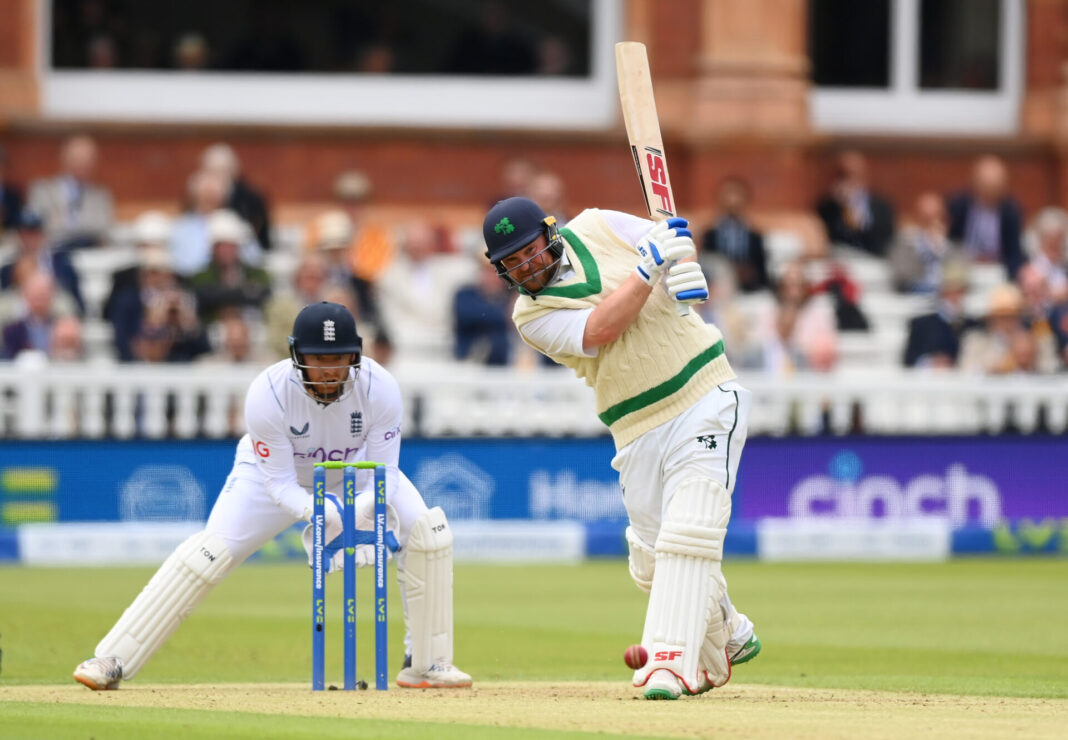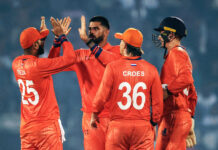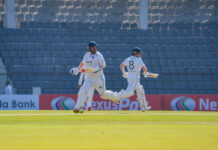
Let’s start by saying that the report released by the World Cricketers’ Association on 26 March, entitled Protecting History, Embracing Change: A Unified, Coherent Global Future, is the first real sign of hope in world cricket since Lord Woolf’s review was so unceremoniously dumped by the BCCI and its allies in 2012.
Produced by a sub-committee of nine and based in large part on interviews with 64 ‘senior stakeholder representatives’, the report covers four main areas of the sport – scheduling, economics, regulations and leadership – and its view of the ICC and the present state of the world game is almost as scarifying, if more diplomatically put, as that of Woolf himself.
On three central questions, namely, the need for meaningful international competitions across all three formats, for replacement of the current revenue distribution formula with one centred on equity and global growth, and for leadership worthy of a major international sport, its appeal is unanswerable and ought to be irresistible.
Whether that will prove to be the case, and whether we will see the ‘robust and balanced debate’ the report’s authors call for, remains to be seen, but given the past form of the ICC’s masters, and the trajectory cricket has followed since the Woolf review, a certain measure of scepticism would seem to be in order.
Still and all, we have to begin somewhere, so what follows is a first shot in what one hopes will be a long and fruitful discussion.
Having just published a history of the ICC, I have fairly strong views on which bits of the game’s history are worth protecting, and as a lifelong lover of cricket even stronger ones on what kinds of change we ought to be embracing.
There’s a lot to chew over here, too much for one article, so I propose to break my initial response into three, in order to give the issues the sort of room I believe they deserve.
On competitions and scheduling, then, the WCA scheme for a 24-team, three-division men’s ODI competition and a 32-team, four-division T20I league, along with two divisions of 16 and 24 teams for women’s ODI and T20I competitions, seems like a reasonable starting-point, giving ‘context’ to every encounter and allowing ICC members to progress.
It’s understandable that the report doesn’t go into any detail at this stage about what structures might be put in place below these global leagues, although its spirit would suggest that something approximating the regional leagues which used to feed the World Cricket League would ultimately be needed.
More serious than this omission, however, are what I see as three major weaknesses in the proposals.
The most far-reaching is that the central requirement of what the report defines as ‘Core International Cricket’ should be a minimum of one match per format against each opponent over a two year cycle.
There is, it is true, an acknowledgement that series of more than one match would be possible, and that ‘In practice there is no reason why valued 5-match series could not continue under the recommended structure’.
That gives licence for Australia, England and India to go on privileging money-spinning series against each other, but does anyone seriously believe that the adoption of that one-match minimum would not lead to a radical reduction in the international schedule of almost every other ICC Full Member?
That seems, on reflection, to be the point, given that the sample calendars provided a couple of pages later allow for four 21-day windows for international cricket across the year, leaving more than 60 per cent of the programme for what the report calls the ‘free market’.
We’ll come back to that in a moment.
Radical as the authors’ proposals are in many ways, their nerve seems to have failed them when it comes to Test cricket, both for men and women.
Their scheme for the World Test Championship allows for two divisions of eight and four teams, so that the only real changes are that one more team would join Zimbabwe, Afghanistan and Ireland in the lower division, and that there would be promotion and relegation between the two.
It is, of course, true that protection of the ‘brand’ of Test cricket has been a central obsession of the ICC since its foundation in 1909, and that admission of new members to that sacred space has for decades been a source of bitter argy-bargy and shameless politicking.
Suggestions of a possible second division of Test countries have come and gone, as has the one really innovative measure, the late-lamented Intercontinental Cup, the first-class competition which paved the way for the admission of Afghanistan and Ireland to a form of Test status – though naturally not to the World Test Championship.
So if there were a real desire to extend the principles of meaningful, growth-centred competition across all three formats, it would be simplicity itself to reintroduce the ICup, perhaps with two six-team divisions of the WTC and the ICup below them.
And if the shrinking violets with Test status were worried about getting relegated, you could institute a play-off to confirm promotion, giving them another chance to prove they were worthy of their currrent place.
There’s similar reticence about women’s Tests, where there’s just a recommendation for a further review of multi-format series in 2029.
Played at present only by Australia, England and India (does anyone notice a pattern here, albeit with some South African participation?), these hybrid series are one of the few really good ideas the ICC has come up with in the past fifteen years, and it should be a no-brainer to extend them to, at any rate, New Zealand and the West Indies.
As for the proposed 84 days-worth of windows for ‘Core International Cricket’, the first thing to say is that one of the most radical moves made by the WCA has been to switch the discussion from an international calendar with windows for franchise leagues to a ‘free market’ calendar with windows for international cricket.
And here we encounter one of the fundamental splits in the sub-committee’s thinking: the WCA is, after all, a trade union, and one of the central themes of the report is the maximalisation of the players’ earning capacity by giving them more scope to fill their year with lucrative short-term contracts.
No-one can deny that professional cricketers were historically underpaid to an almost criminal degree, and that life is still precarious for many, nowhere more so than in the perennially cash-strapped ICC Associates.
But one of the consequences of the IPL and its offspring is that the earnings of the top players have grown to near-ludicrous levels, while those of many of their teammates have failed to keep up.
In the late capitalist world in which we live this is hardly surprising, but it’s a fair question whether lots of deregulation and an uncritical embrace of the ‘free market’ is really the best way forward.
International windows in a club-based calendar are, it is true, familiar from football, but there’s a big difference between a couple of 90-minute football matches and even a short ODI series, let alone Test cricket.
This, one might suspect, is the underlying reason for the proposed one-match minimum for ‘Core International Cricket’ series, although no doubt that also has a lot to do with money.
And it’s to the money that we must now turn.






